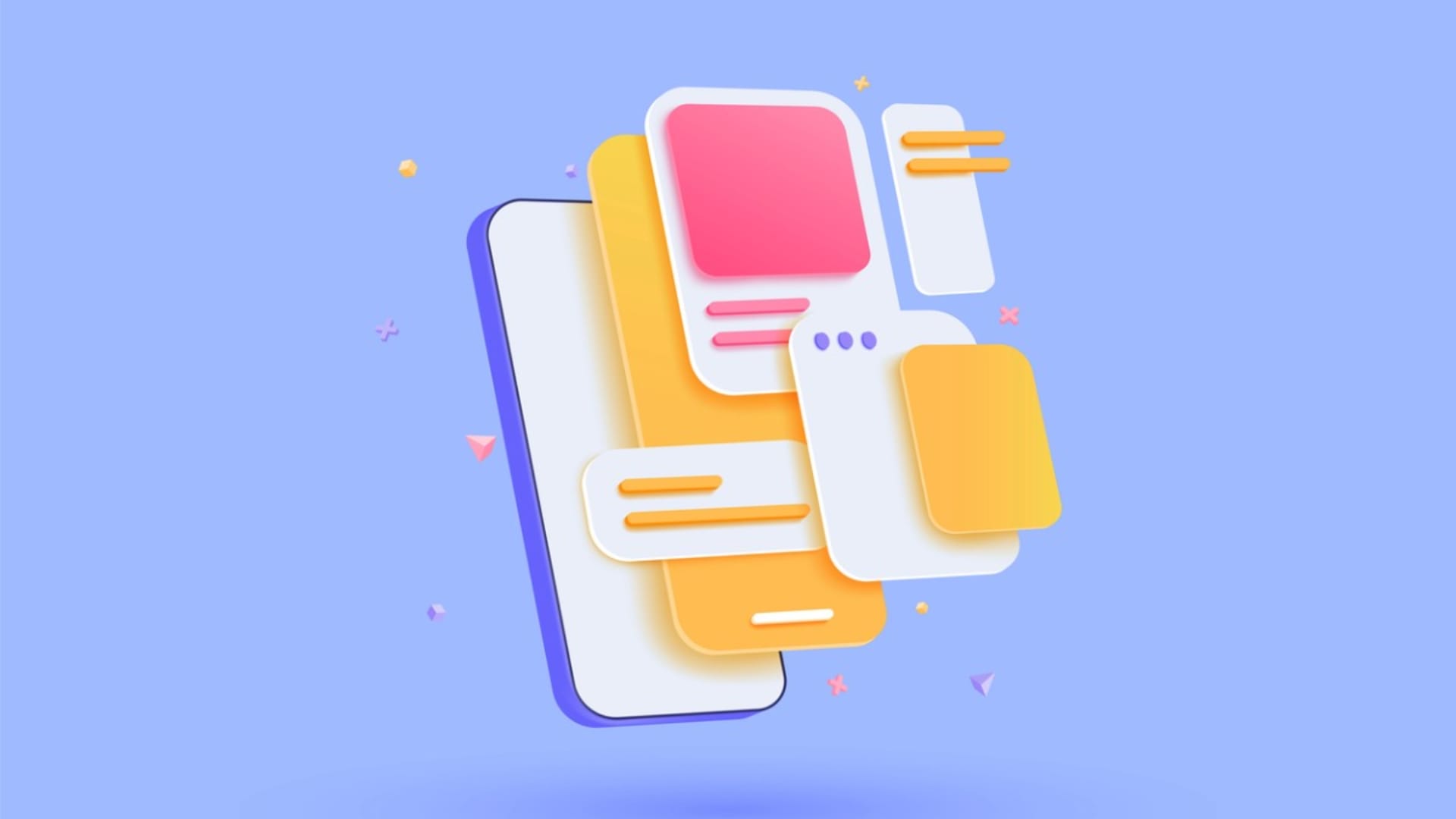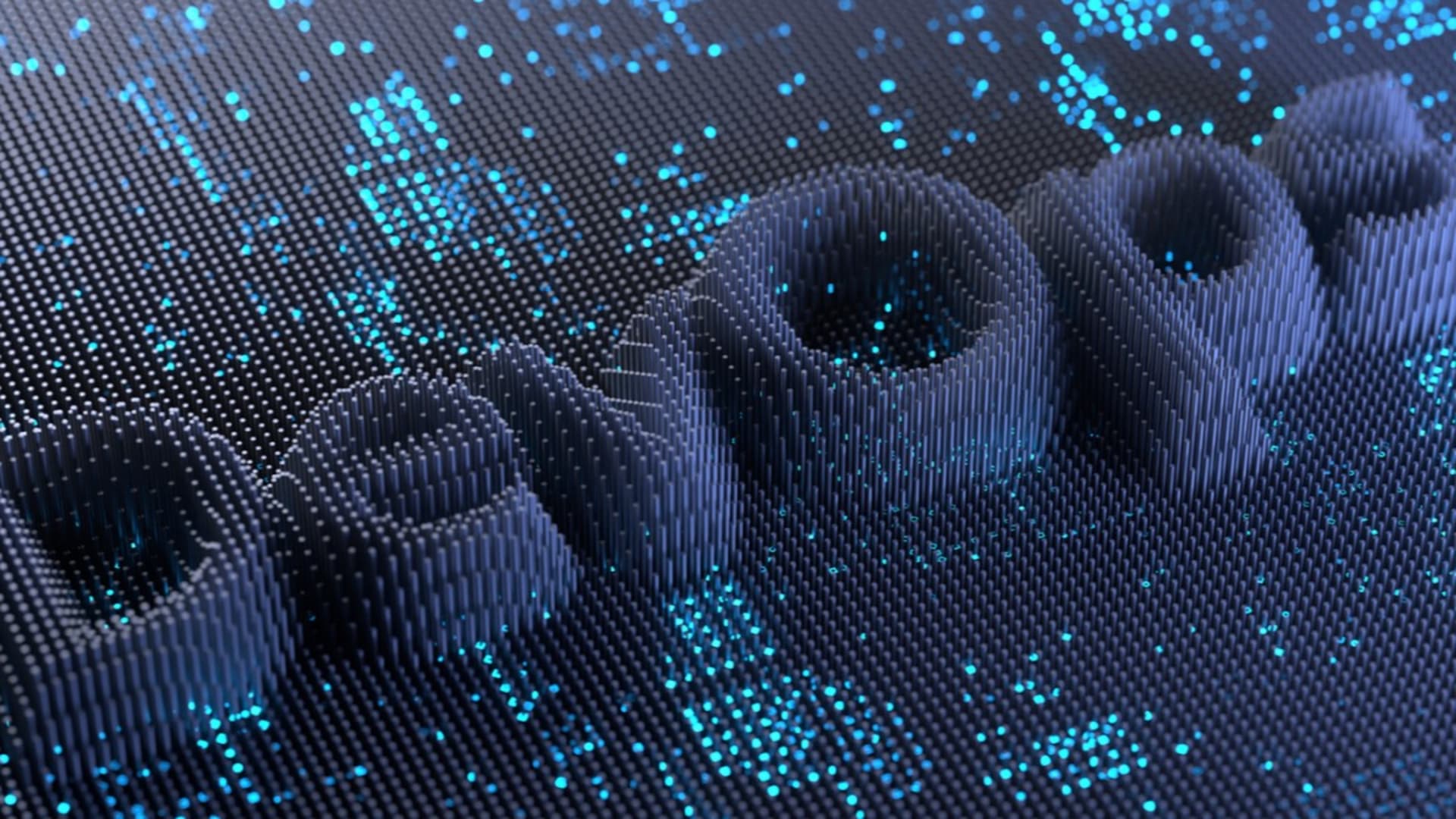Internet of Things (IoT) started out as a nebulous bit of technology that no one really understood. But then time passed and IoT became a very well-defined sector that spread wide across businesses and consumer households. IoT has become so prevalent, that it’s everywhere.
Thermostats, laptops, smartphones, smart devices, vehicles, lighting, doorbells, locks, robots, smoke alarms, power outlets, remotes, autonomous equipment, inventory trackers, biometric scanners, logistics tracking, and ultra-high-speed wireless internet are just a few examples of where you can find it nowadays.
If you can think of it, IoT has a presence in it. That means your business probably should dive into this exciting world. To do that, however, your developers are going to have to have a strong understanding of a number of technologies, some of which might not already be on their radar.
Let’s take a look at some of the technologies your developers will need to have a solid grasp on before they start working with IoT.
AI, ML, and Data Science
Modern IoT devices have grown to depend on artificial intelligence, machine learning, and data science. With the infusion of AI, ML, and data, IoT devices are better capable of making decisions with very little (if any) human interference.
This has become crucial in the world of business, especially when these devices are used in remote locations where data must be processed, but staffing is tricky.
The purpose of many of these devices is to stream data from a source to a destination. At the IoT juncture, some processing must be taken care of. With the help of AI and ML, that processing is not only possible, but it’s also efficient and capable of keeping up with an ever-growing demand. With the help of AI, IoT can obtain meaningful insight from data, ensure fast analysis of data, ensure the privacy of data, and secure against cyber attacks.
Embedded Systems and Sensors
It’s not only important that your developers understand how to work with embedded systems (because most IoT works on such devices as SoC), but they’ll also have to have a solid grasp of sensor technology.
The role sensors play in IoT is critical. Sensors detect external information and replace it with a signal humans and machines can understand. And because sensors make it possible to collect data in almost any environment or situation, they can be employed for just about any type of use case.
Sensors can collect information such as temperature, humidity, acceleration, position, network data packets, Bluetooth signals, proximity, pulse, submetered data, air quality, the flow of people, moisture, and movement. In the hands of the right developer, the sky’s the limit with the types and amount of data they can collect with IoT sensors.
Without sensors onboard, IoT devices are practically worthless.
Networking and Security
These days, networking and security go hand in hand. You cannot have one without the other. This is especially so with IoT because the devices very often carry sensitive information (such as user credentials and location). When developers work with IoT, they must have a very strong grasp of how networking and security work together to make it possible to collect, process, and distribute data.
With IoT, your developers need to know more than just how to configure networking and how data packets travel. Because these devices are so often deployed in remote locations, it’s also important to understand how data can be reliably collected and stored when network connectivity isn’t reliable. How do you not only protect those use cases from data loss (due to connectivity issues) but how to prevent that data from being stolen as it sits on the device.
Mobile Development
When consumers deploy IoT devices, many times they have to connect them to their smartphones for the initial setup and monitoring. Because of that, you’re going to also need a mobile app that the end-user can easily work with.
Your company might have created the perfect IoT solution, but if the mobile app includes a horrible UX and is overly complicated to use, the consumer experience is going to be negative and sales will suffer.
Your IoT development team needs to include mobile app developers, otherwise, you’ll wind up with a product that doesn’t sell.
UX
User Experience isn’t just for mobile applications and desktop software. Your IoT devices have interfaces, some of which have to be used by consumers and professionals. If your development team has no idea how to effectively develop for and design UX, your product could fail to succeed.
UX design should not be an afterthought. Consider this element of IoT development throughout the entire lifecycle of a device and you’ll find success much easier to obtain. Your IoT teams should consider the user experience from start to finish of the product. Never assume your target audience has a developer, admin, or operations-level grasp on how your device works. If you assume a new user-level grasp on the technology, you can be sure those devices are able to be deployed by anyone.
IoT Frameworks and Languages
Some of the most popular development frameworks your developers will use for IoT include KAA IoT, MACCHINA.io, ZETTA, Mainflux, ThingSpeak, ThingsBoard, myDevices, openremote, WSO2, DeviceHive, Arduino, Node-RED, and Flutter.
Without the proper IoT frameworks, your development team would have to reinvent a lot of wheels to get things up and running. Instead, empower them to work more efficiently with the right frameworks.
These frameworks work with languages such as Java, Python, and Node.js.
Conclusion
If your company is serious about IoT development, you should make sure your teams have a solid grasp of each of the above technologies and ideas. Ignore any one of these and your developers will struggle to get those devices out the door and in the hands of users.
If you enjoyed this, be sure to check out our other IoT articles.









